The 110hp 1.5L (K9K) diesel engine in the 2012 Juke is used extensively across the Dacia/Nissan/Renault model line, so it is likely to be familiar to workshops. It is also high on the warranty log, so it clearly presents challenges for technicians undertaking the installation. This step by step technical guide will help technicians through the process, avoiding complications and ensuring a first-rate outcome.
The timing belt, which also drives the water pump, requires the auxiliary belt to be removed. Dayco recommends that all the power transmission system’s components – primary and auxiliary, as well as the water pump – be replaced at the same time.
As with all primary drive system jobs, always check the timing marks before removing the timing belt and ensure the work is undertaken when the engine is cold, so ideally, the vehicle will not have been run for at least four hours.
Start by removing the engine cover, then the front right wheel and cowling to expose the auxiliary drive system. With a spanner, slacken off the belt tensioner, remove the belt and then the tensioner.
Remove the lower engine mount rod, securely support the engine before removing the upper rod, along with the entire upper engine mount. Release the retaining clips of the timing belt casing and remove its upper and lower parts. This will reveal the five retaining bolts of the upper engine mounting flange, which should then be removed to give access to the timing drive assembly: camshaft, injection pump, water pump and crankshaft pulleys and the belt tensioner.
Turn the crankshaft clockwise to just before TDC for cylinder 1. After removing the plug on the front of the engine block, insert the crankshaft locking tool (1489) and rotate the crankshaft pulley bolt clockwise, so that it rests on the tool. Insert the camshaft locking pin (1430) on the flange of the camshaft pulley, before removing the crankshaft auxiliary drive pulley.
Remove the timing belt tensioner, the belt itself and the alternator, followed by the plastic cowlings attached to the top and front of the engine. This allows access to the water pump, which can then be removed.
After flushing out the cooling system to remove any debris, accurately position the gasket and apply mastic to the two left hand retaining bolts as shown (Fig 1) before fitting the new water pump.
Slacken off the bolts of the camshaft pulley, allowing it to turn on its slots, but remain centred. Turn the camshaft pulley completely clockwise, until it rests on the locking tool.
Fit the new belt tensioner and bolt supplied in Dayco kit, KTBWP5322, paying attention to its correct positioning with its tab located in the corresponding recess. Fit the new Dayco High Tenacity ‘white’ timing belt, ensuring its correct direction of rotation and that the reference marks on the belt correspond precisely to those on the toothed wheels of the camshaft, injection pump and crankshaft (Fig 3a, 3b and 3c)
With an Allen key, position the pointer and temporarily tighten the belt tensioner. After checking they are not at the end of the slots, tighten the camshaft pulley bolts to a torque of 15Nm. Remove the camshaft and crankshaft timing tools.
Turn the crankshaft clockwise through two rotations and check the engine timing using the tools. Now, loosen the bolts of the camshaft pulley so that it can again turn on the slots, but remain centred. Loosen the belt tension bolt and reposition the pointer (Fig 4) before tightening to a torque of 25Nm.
Check that the timing is correct, again by torqueing the camshaft pulley bolts to 15Nm, removing the timing tools and turning the crankshaft clockwise through two rotations and reinserting the tools.
Providing the timing is correct, refit components in the reverse order of their removal, but change the original crankshaft pulley bolt for the new one supplied with the kit and replace the auxiliary belt with Dayco 6PK1130/1205. Dayco also recommends that the condition of the auxiliary belt tensioner is assessed and, if necessary, replaced with Dayco APV3180.
Finally, refill the cooling system with the correct quantity and specification of coolant, start the engine and, if needed, bleed the circuit. Carefully check for leaks and ensure the radiator fan is operating correctly. Once the engine is cold, check the coolant level again.
To view similar installations, visit www.daycoaftermarket.com and click on Dayco TV. For more information regarding the OEM quality power transmission products in the Dayco range, please email: info.uk@dayco.com or visit: www.dayco.com.
To read more of this technical article or download the entire article click
here. There are lots more Tech Tips to view, and they are all searchable, on
TechTips.ie.
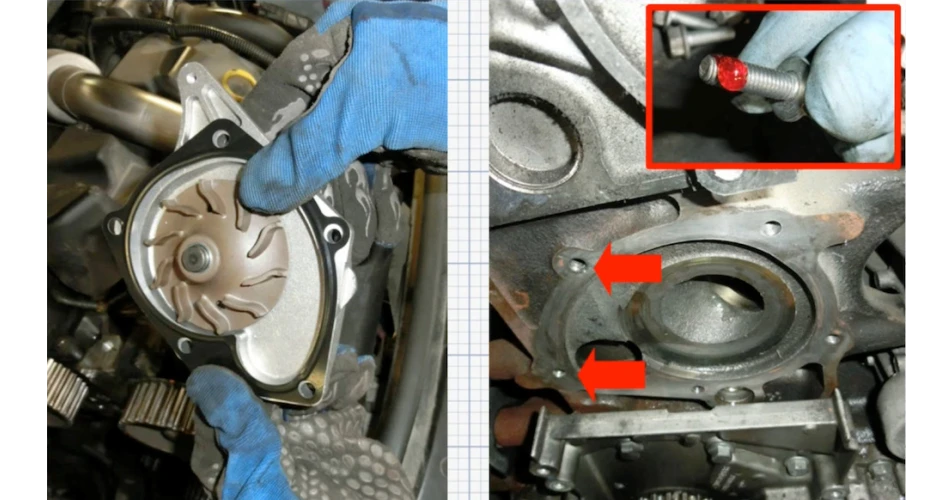 Fig. 1
Fig. 1
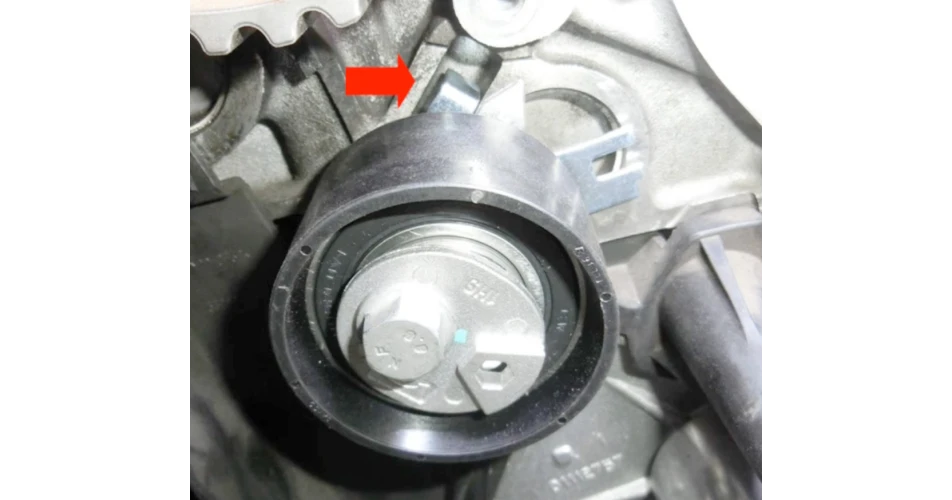 Fig. 2
Fig. 2
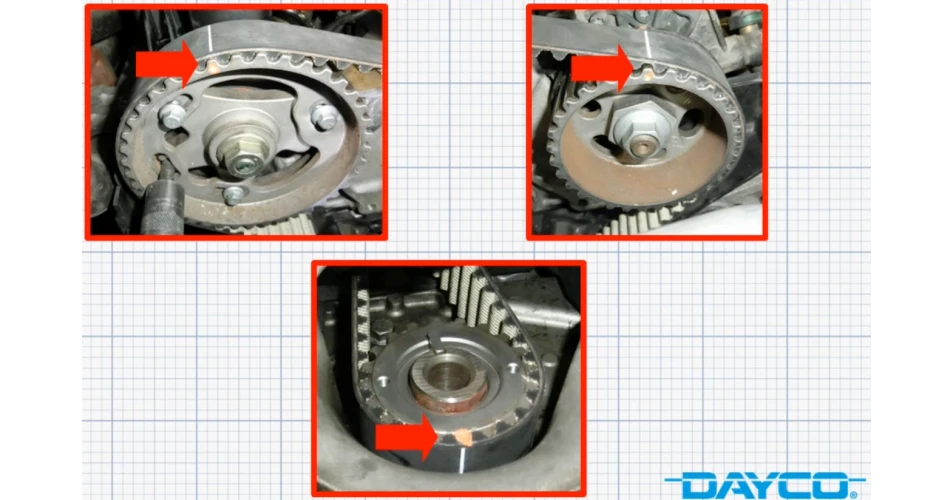 Fig. 3: A, B and C
Fig. 3: A, B and C
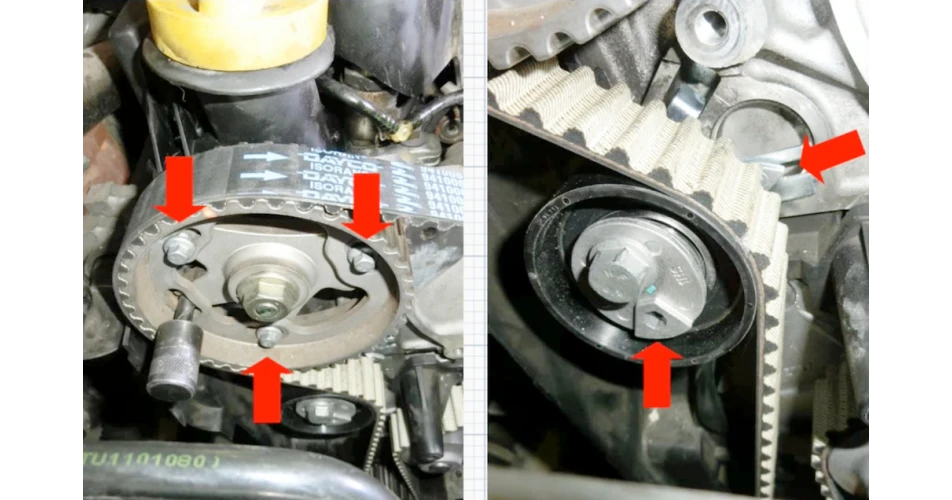 Fig. 4
Fig. 4



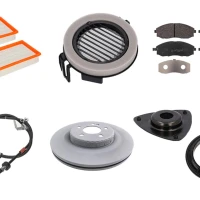
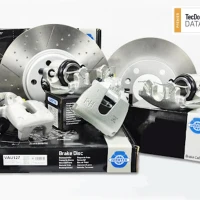
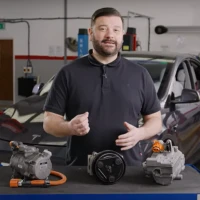
---Elena-Wrelton-with-Robbie-Sweeney-holding-an-EV-part-removed-during-ELVES-Electric-Loops-dismantling-of-an-EV-to-assess-and-record-its-component-parts.jpg)






